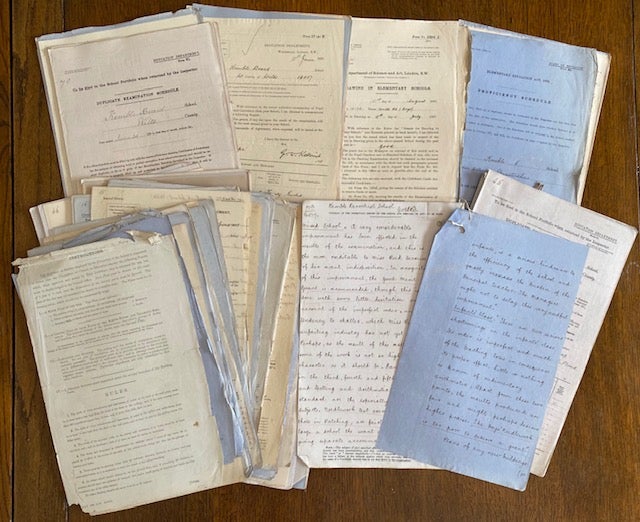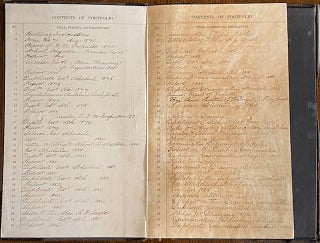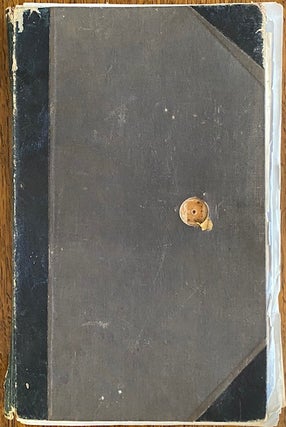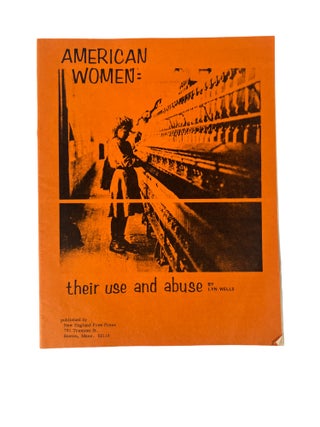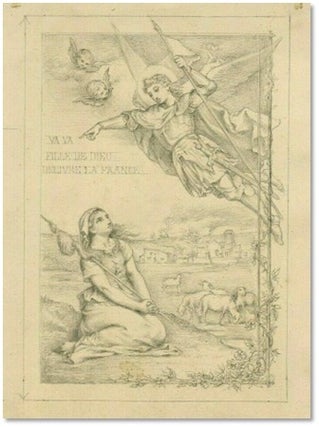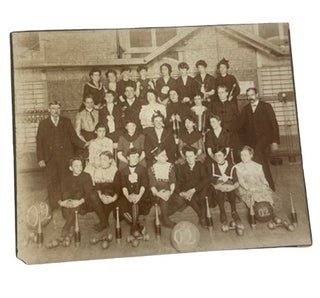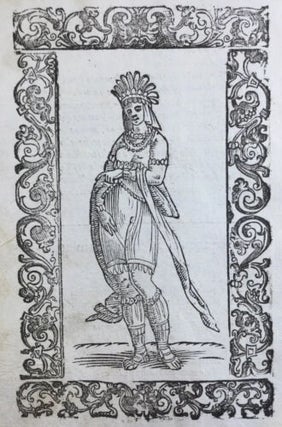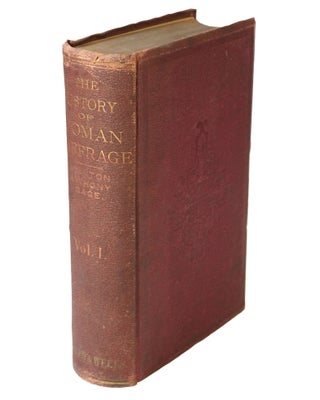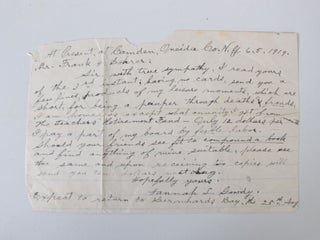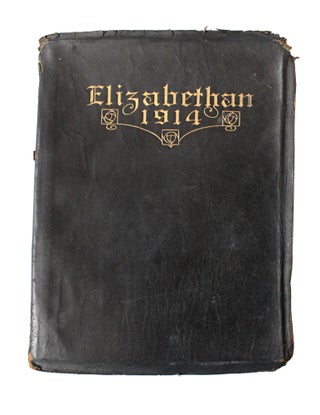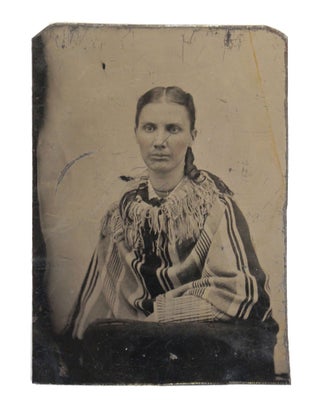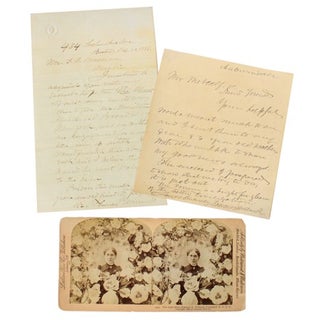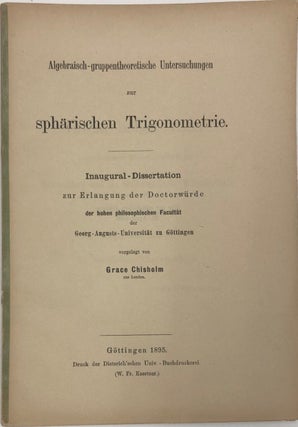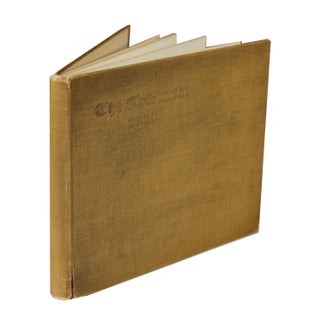The Birth of the English Public School System: 30 Years of Records of Kemble Parochial School, Tracing the Dramatic Shift from Small Independent Schoolhouse to Systemized Mandatory Public Education
Archive
[Kemble Parochial School] Record Book, 1871-1904. A very complete set of records and historical resource on the most dramatic transition ever to come to education; that of going from independent schoolhouses to systematized public education. Kemble, Cirencester, Gloucestershire. Collection of approximately over 100 documents on approximately 180 leaves (many written on both sides) comprising the complete records of the Kemble Parochial School. Unbound, contained in original protective black cloth boards. Large legal size pages. Comprising both printed Circulars directed to the schools from the Education Department, and handwritten copies of records the school was ordered to send as reports to the Education Department. This school is built from grant money received in the wake of the first of the Forster Acts, known as the Elementary Education Act of 1870, which made education compulsory in England and Wales for all children aged 5 to 13.The Forster Acts (named for the sponsor of the original bill, William Forster), brought a sweeping change to elementary education in England by declaring public education for children to be mandatory. It also mandated that the schools should be publicly funded and overseen by regular inspections. The Kemble Parochial school, founded at the very inception of this legislation, provides a window into the dramatic shift to public education. The first document in this record is a Circular of Instructions and Rules for the construction of a school building. Through the handwritten retained copies of annual reports by Principal A.G.W. Wilts to the Inspector of Schools, we are able to grasp the immensity of the change. Wilt first report comes in 1872, when the schools 18 students were taught in an old traditional schoolhouse by headmistress Ms. Hopkinson, who did not have an official certification in teaching, “This is an average country School, carried on at present in rather inadequate premises, but a new and handsome school-room and teacher’s residence have just been erected…The mistress is a successful disciplinarian, [and] has much natural aptitude for teaching…” By 1875, the school has grown to 49 students, though still under the tutelage of the unfortunate Ms. Hopkinson, who continues struggling to obtain a teaching credential. By 1878, undergoing regular inspections, it is reported that the school needs improvement in multiplication and to better follow the state mandated provisions as to Needlework. Their ranks swelled to around 80 students just before the end of the century, before petering out and ending in 1904 with only 3 students registered. By then, Ms. Hopkinson had been replaced by two subsequent teachers, Ms. Lane and Ms. Reed, who also struggle to obtain a Certificate, while managing a large class.
Circulars from the Education Department show that the idea of public education, while welcomed in many quarters, arrived also with surprise and some distrust. In 1878, the Circulars report the most recent developments of the Forster Acts, “As it has now become evident that, by the operation of recent legislation, the great majority of the labouring classes will be virtually compelled to send their children to Public Elementary Schools…” A major controversy of the Forster Acts surrounded the requirement that the schools operate non-denominationally. While individual churches pushed for the right to educate children under their own religious tenets, the Church of England feared that doing so would weaken state control of education. The archive contains notes of this church-state tension in a handwritten letter of 1880 in which the Rev. R.H. Taylor inquires of the Education Department “whether the School is now conducted as a public elementary school…Section VII of the Elementary Education Act, 1870 having been conspicuously put up in the School. If not, my Lords cannot direct H.M. Inspector to inspect the School annually as a public elementary school.”
On the lighter side, repeated entreaties from the Education Department in Whitehall during the 1870s call for “teachers of Schools will be willing to give their assistance in endeavoring, by due warning to the scholars, to put a stop to…the mischief caused by throwing stones at the insulators of telegraph wires.” Threatened punishments to the “schoolboys” responsible for this “great evil” include “imprisonment and flogging.” Documents are in very good condition, on large size sheets of blue or white paper, clear and legible. Some dog-ears and a couple pages of the archive have been chewed on the corners, but most are complete. Names of all enrolled students appear yearly on the Examination Schedule. A very complete set of records and historical resource on the most dramatic transition ever to come to education; that of going from independent schoolhouses to systemized public education.
Item #16092
Price: $1,850.00
See all items by Kemble Parochial Education Archive

